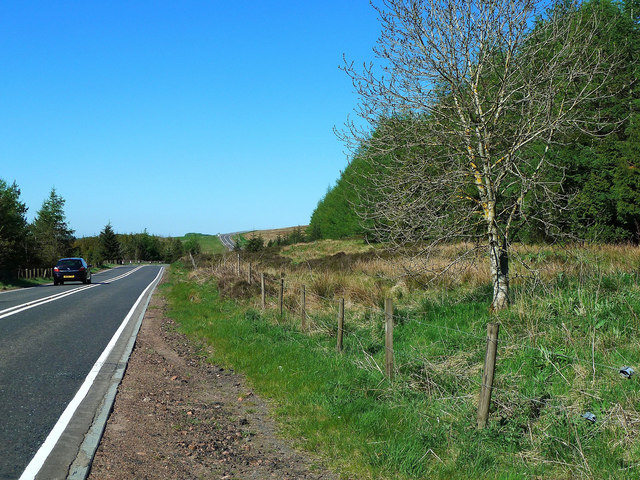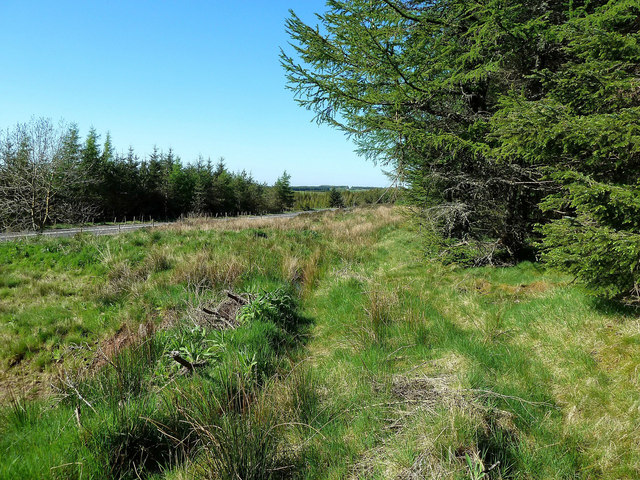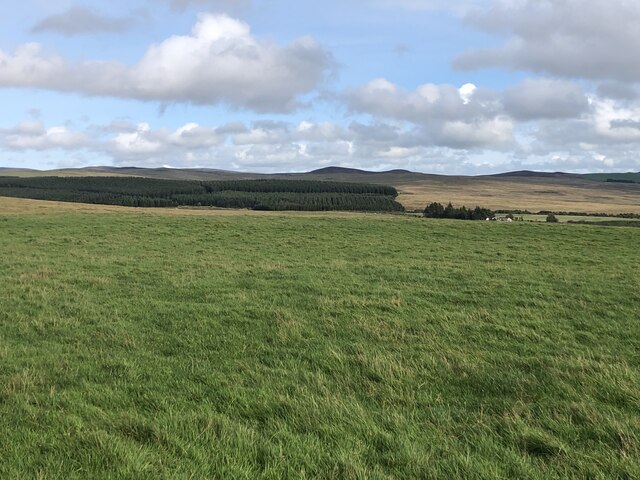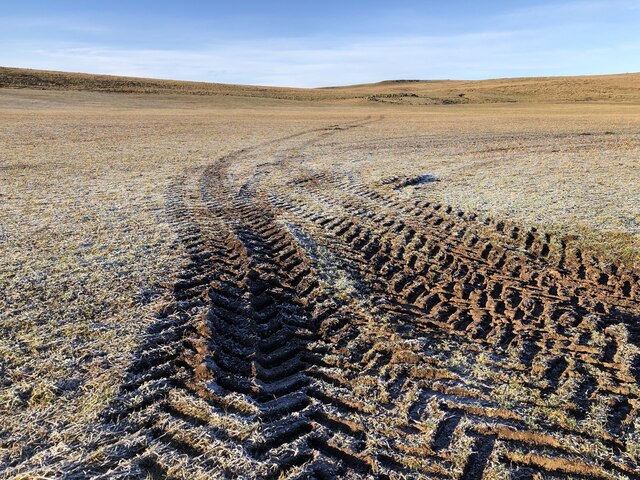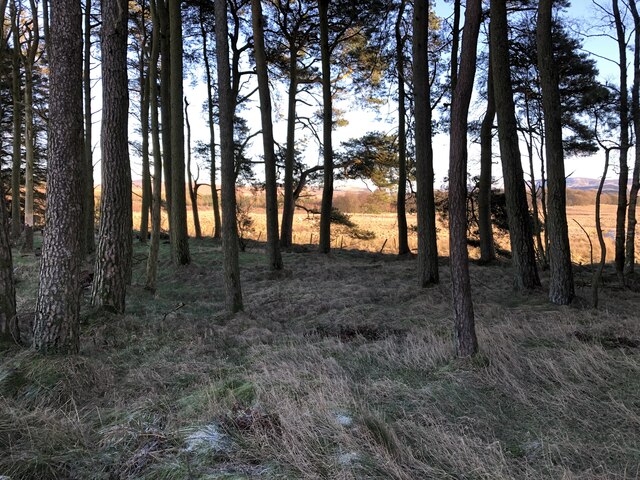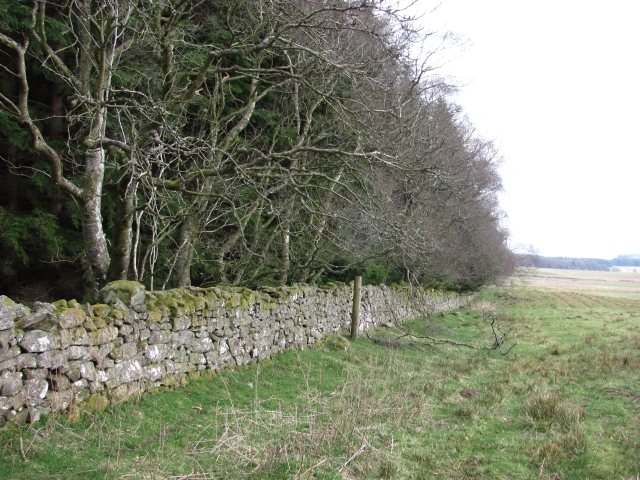Hill Wood
Wood, Forest in Lanarkshire
Scotland
Hill Wood

Hill Wood is a picturesque forest located in Lanarkshire, Scotland. This ancient woodland covers an area of approximately 100 acres and is home to a diverse range of plant and animal species. The wood is situated on a hillside, providing stunning panoramic views of the surrounding countryside.
Visitors to Hill Wood can enjoy peaceful walks along well-maintained trails that wind through the trees, allowing them to explore the beauty of the natural environment. The forest is known for its rich biodiversity, with a variety of bird species, mammals, and insects calling it home.
Hill Wood is also a popular destination for outdoor enthusiasts, offering opportunities for activities such as birdwatching, photography, and nature walks. The wood is managed by local conservation organizations, who work to preserve its natural beauty and protect its wildlife.
Overall, Hill Wood is a tranquil escape from the hustle and bustle of everyday life, providing visitors with a chance to reconnect with nature and enjoy the peaceful surroundings of this ancient forest in Lanarkshire.
If you have any feedback on the listing, please let us know in the comments section below.
Hill Wood Images
Images are sourced within 2km of 55.73177/-3.5647986 or Grid Reference NT0149. Thanks to Geograph Open Source API. All images are credited.
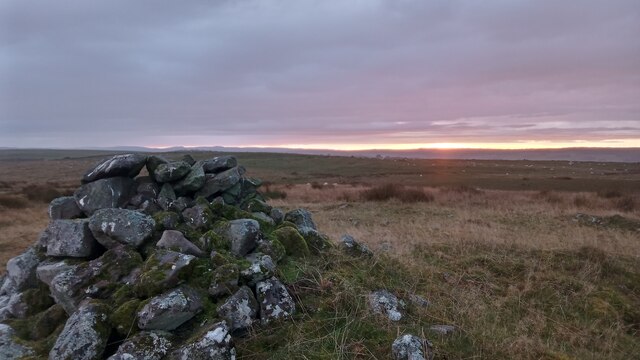
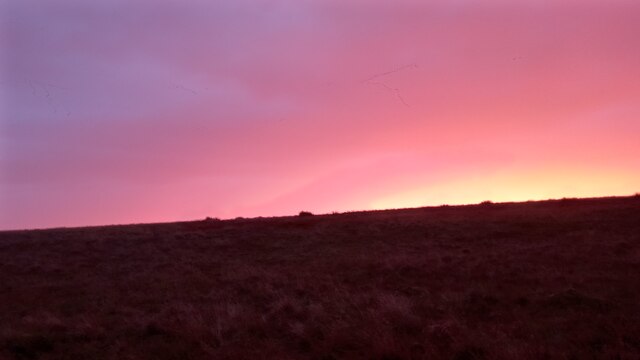

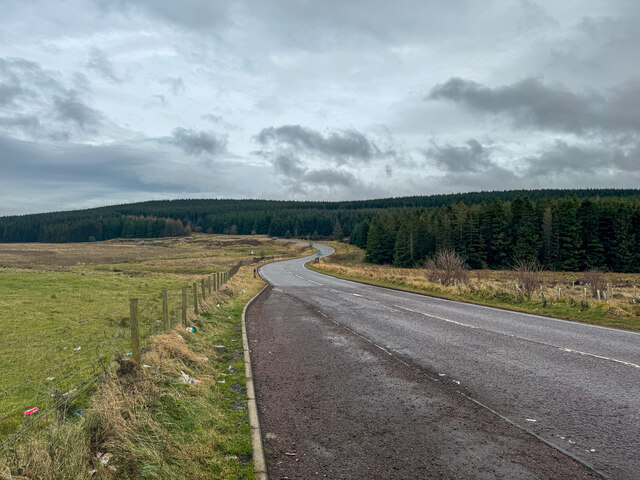




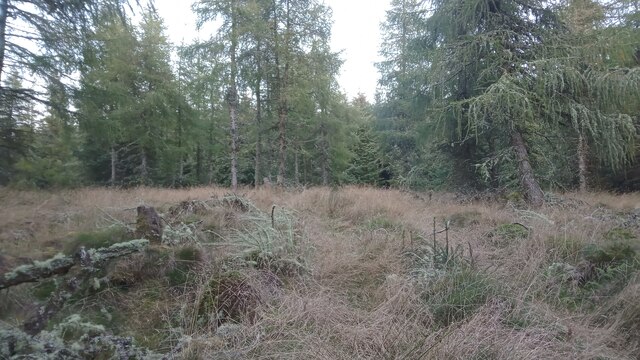
Hill Wood is located at Grid Ref: NT0149 (Lat: 55.73177, Lng: -3.5647986)
Unitary Authority: South Lanarkshire
Police Authority: Lanarkshire
What 3 Words
///flank.rewrites.avoiding. Near Carnwath, South Lanarkshire
Nearby Locations
Related Wikis
Ampherlaw House
Ampherlaw House is a manor house in Lanarkshire, Scotland, near the village of Carnwath and one of the former possessions of the Somerville family. It...
North Medwyn River
North Medwyn is a river in the Lanarkshire region of Scotland. Along with the confluence of the South Medwyn River it forms the Medwyn water basin. The...
Little Sparta
Little Sparta is a garden at Dunsyre in the Pentland Hills in South Lanarkshire, Scotland, created by artist and poet Ian Hamilton Finlay and his wife...
Newbigging, South Lanarkshire
Newbigging (Scots: Neebicken) is a hamlet in South Lanarkshire, Scotland. It is near Dunsyre at the southern end of the Pentland Hills. It is on the A72...
Have you been to Hill Wood?
Leave your review of Hill Wood below (or comments, questions and feedback).

